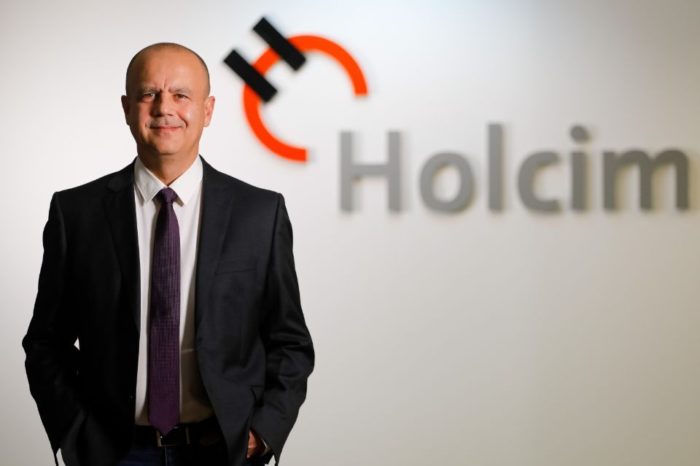Romanian residential developers and German retailers kept the Bucharest land market active in 2020: C&W Echinox

The Romanian residential developers, along with the German retailers such as Kaufland and Lidl, were the most active buyers of land plots in the Bucharest-Ilfov area during 2020, according to a report by the Cushman & Wakefield Echinox real estate consulting company.
The data gathering 27 medium and large land transactions indicate that the volume of land investments reached €194 million in 2020, a 6.5% decrease comparing to the previous year. The land market was affected by the two-months period in which the state of emergency was established, but also by the less active and more expectative approach from office or hotel developers.
The total surface of the transacted land plots reaches around 1,930,000 square meters (193 hectares), the largest land plots being purchased by Dedeman, which secured a 64-hectare plot in Ștefănești, near the WDP Park 2 logistics park, and by SIF Banat Crișana, who bought the 54 ha IMGB industrial platform in Berceni.
The share of buyers with Romanian capital has doubled compared to the previous year, reaching up to 81%, and the focus shifted from office hubs, which have been among the most active in recent years, to peripheral areas where the transactional values are lower.
The unpredictability of the general, and also the local legislative framework, affects the image of the market especially for the foreign investors, who made a significant contribution to the development of all the real estate market segments in the last 20 years.
“Bucharest land market has always been effervescent, as developers had a new surprise after the impact of the unexpected postponement of the decision to raise the limit of a reduced VAT: the suspension of the coordinating PUZs (Zonal Urban Plannings) for the the city’s 5 sectors in which these urban regulations were still valid. We fully appreciate the good intentions of the authorities to make sure that correct decisions are taken in all matters, but it is very important to take into account the economic impact of such decisions and also the image impact, because such decisions affect the stability of the real estate market in Romania.”, declared Alexandru Mitrache, Head of Transactions, Land & Investment, Cushman & Wakefield Echinox.
This measure could favor the local developers, who are more flexible and better anchored in the Romanian legislative and urban context, and the market could gain a new positive momentum if the decision to postpone appying the reduced VAT rate to new apartments with prices up to 140,000 euros is reconsidered.
“On the other hand, we believe that this decision might favour the reputable local investors, who have always taken into consideration the development of individual zonal plans, independent of the coordinating city hall ones, to prevent such situations as they already had a solid knowledge of the market. Therefore, this decision should not have a real impact on the market dynamics, as it may only affect the plans of those owners who were speculatively looking for the approval of the coordinating PUZs to demand a higher selling price for their land plots. Well designed projects have always taken into account the normal authorisation stages, both in terms of time and costs. However, we hope there will be a reconsideration pertaining to the decision to increase the limit for which the 5% VAT is applied on apartment sales, a measure that would further stimulate the residential market and the corresponding economy, from constructors and suppliers, to financing banks, actors who bring a significant contribution to the state budget.”, added Alexandru Mitrache.
Despite the pandemic context, Bucharest unemployment rate remained constant at 1.2% throughout 2020, while the average net salary in RON increased by 7.6% in December 2020, compared to the similar month of the previous year. Moreover, the number of transactions with individual units (especially residential) increased by 5% during 2020 in the Bucharest – Ilfov region, the interest for more spacious residential units expressed in the second half of the year offsetting the semi-blockage witnessed during the lockdown period.













